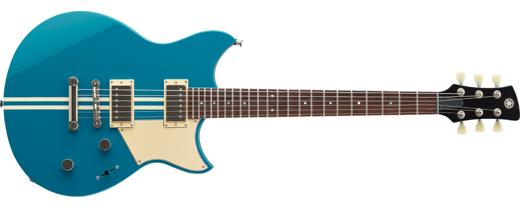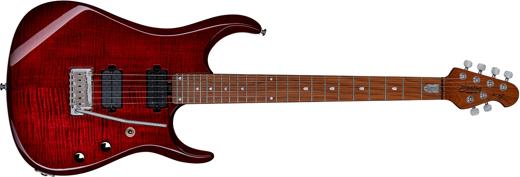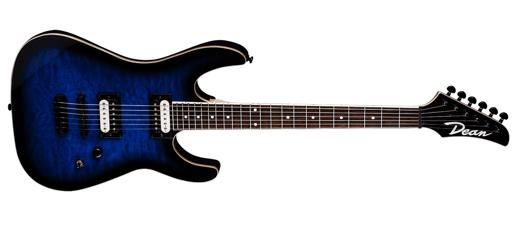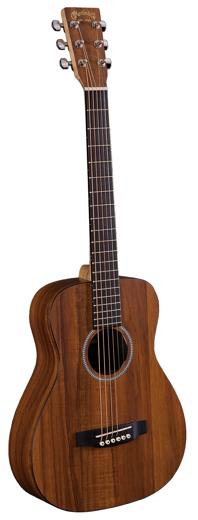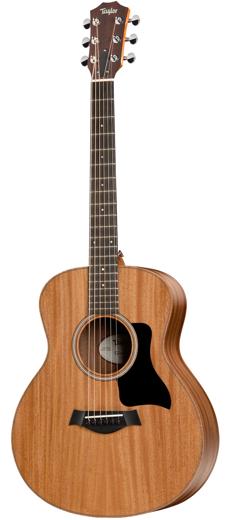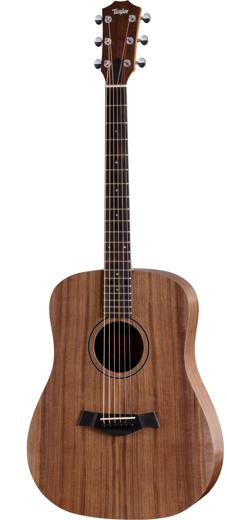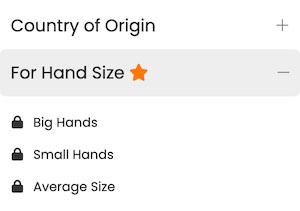Martin LXK2 Little Martin Review & Prices
- From Martin's 2014 Little Martin series
- Made in Mexico
- 6 strings
- 23"'' scale
- 16" Fretboard Radius
- HPL top
- HPL back
- HPL sides
- Natural Birch Laminate neck
- FSC Certified Richlite fretboard
- Bridge pickup: (/)
- FSC Certified Richlite bridge
- Acoustic Modified Low Oval Set neck
- 20 Medium frets
- Chrome Enclosed Gear tuners
- Compare Specs >
Our Scores and Tone Evaluation
- Heavy Metal
- Hard Rock
- Jazz
- Blues
- Funk
- Country
Martin LXK2 Little Martin
- Cheap Fret Wire (NS)
- No Locking Tuners
- Made in Mexico
- No Expensive Woods
- No High-Quality Nut
- No Top Brand Pickups
- No Electronics
- Low-Quality Material Saddle
- Laminated Top Wood
- Laminated Side Wood
- Laminated Back Wood
- No Compound Radius Fretboard
- No 21:1 Tuner Ratio
- No Strap Lock
Price Overview
Its average competitor's price is $800, which means that the Martin LXK2 Little Martin is around 44% cheaper than the competition. This takes into account all instruments of the same category in our database with 6 strings and Fixed bridge that are made in Mexico.
These are affiliate links. We may earn a fee if you purchase after clicking. These prices are prone to error. Make sure you're buying the right product after clicking on a link from our site. We are not liable if you buy the wrong product after following these links. As an Amazon Associate site we earn from qualifying purchases.
Videos





Your feedback
Not all instruments are created equally. That's why it's important to have different opinions. Here's what our users who have played this instrument say. If you've played it before, help others by voting below!
Weight
VoteTuning stability
VoteNeck speed (thickness)
VoteNeck access to high frets
VoteNeck profile shape
VoteFret edges
VoteIs it Easy to Play?
The Martin LXK2 Little Martin meets 5 out of our 8 criteria items for beginner friendliness, which means that it's a good guitar to start with as a complete beginner. This takes into account the type of frets, scale length, nut width, bridge type, fretboard radius, and neck profile to determine the easiest combination for new players to get used to.
New Player Friendliness
Martin LXK2 Little Martin- Comfortable shape
- Easy-to-use bridge
- Tall frets
- Short scale
- Comfortable neck
- Comfortable fretboard
- Narrow nut
- Soft Strings
- Locking tuners
Hand Size Comfortability
After taking into account the neck profile, scale size, fretboard radius, and nut width, we can conclude that the Martin LXK2 Little Martin's construction favors people with relatively small hands.
Nevertheless, this comes down in the end to personal preference. Make sure you test this guitar—or another one with similar characteristics—before buying.
Scale Length
Scale length is the distance the strings will span between the bridge and the nut. It can tell you a lot about the overall playability and tone of the instrument. A longer scale length means longer distance between frets, brighter tone and more string tension—which means lower action, but more difficult bending of the strings.
Here's the Martin LXK2 Little Martin's 23" scale length compared to other common sizes:
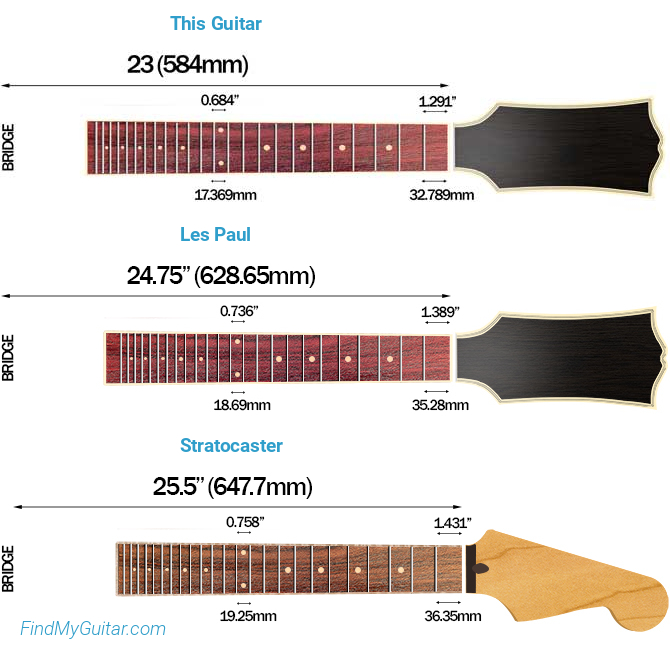
This is a slightly shorter scale than the more common short scale of 24.75". It's a good choice for beginners that want to get an easier-to-play guitar without it being much different than a normal scale guitar.
Neck Profile
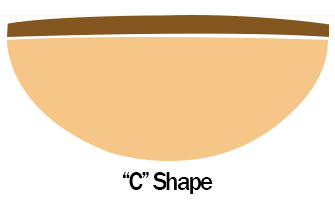
The neck profile tells you the thickness (neck depth) and shape in cross section. Every difference will completely change the feeling and comfortability of the neck. This is a highly subjective thing, but most players indeed prefer certain types of necks (like Cs and Ds) because they feel nice in most hands.
It has a C type neck. C-shaped necks like this have been the most popular for the last years. The reason is that they feel good in most hands. It's generally a thin neck that doesn't get in your way when playing fast, but that also has enough mass to give your hands a comfortable grip for chords if they aren't too big.
Thin necks like this make it easier to move your hand across the neck and it helps when playing fast solos, especially if you like to leave your thumb free while playing high on the fretboard. However, thinner necks are also weaker and will need adjustment more often than a thicker neck.
Fretboard Radius
When it comes to fingerboard radius, personal preference will dictate which one is better for you. However, most people seem to agree that a more curved (lower) radius will make it easier to play chords while a less curved (higher) radius is better for soloing and bending.
The Martin LXK2 Little Martin has a 16" fingerboard radius.
Here's an image comparing this fretboard radius to other popular choices:

This fretboard radius is really different than Stratocasters, but it's also a lot flatter than Les Paul fingerboards. It'll heavily favor soloing over playing chords. This doesn't mean you can't use it for chords, but it will be more comfortable to play chords without muting strings in a more curved fretboard. Bending and sliding without losing sustain will also be more likely in a flat fretboard like this one.
Compound radius fingerboards give the best of both worlds. Unfortunately, the Martin LXK2 Little Martin has the same radius across the board.
Playability compared to main competitors
Nut Width
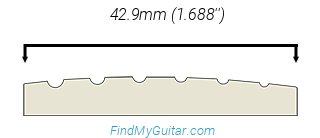
The Martin LXK2 Little Martin has a nut width of 42.9mm (1.688''). This is within the most common range of nut widths for a 6-string guitar. It offers a good balance of string separation at the nut. It's the size that most guitarists prefer as it gives them just enough space to play open chords without muting the strings, but without spreading the strings too wide and making bar chords difficult to perform.
Frets
It comes with nickel silver frets, so they won't last as long as stainless steel frets. If you use your instrument a lot, you might need to replace the frets after a few years. But this is unlikely as most people change instruments before this happens.
Fret Size

Finally, let's talk about fret size. Some people prefer tall frets because it's easier to press the strings and perform bends since there's less friction against the fretboard. On the other hand, some people like shorter frets because they like to touch the fretboard when playing, or because they got heavy hands and tend to press too much on the string and alter the of the note pitch accidently.
The Martin LXK2 Little Martin's frets are Medium size. With medium frets, you can feel the fretboard more than with jumbo frets, but it's still easier to press the strings cleanly than with small frets; notes might change their pitch just slightly if you press hard on the fret. Also, if you need to do some fret leveling after years of playing, you'll have some room to sand them down without having to replace them.
Playability Score
Tone Analysis
The type of wood and even the shape of the body will have a lot of influence in the final tone of an acoustic guitar. Here's we'll talk about what kind of tone you can expect from its specs.
Wood
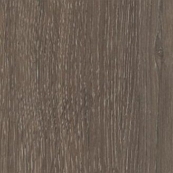
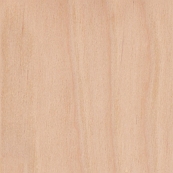

HPL Top, Back and Sides: HPL is a man-made, resistant material made to sound like wood. It's a high-pressure laminate made from multiple layers of paper or fabric that are impregnated with resin and then fused together under high pressure and heat.
Birch Neck: Birch wood is a hardwood with a light color and a fine, even grain. It has good dimensional stability and is resistant to warping. It's used as a cheaper replacement for maple. The tone produced by birch wood is typically described as being warm, clear, and resonant.
Richlite Fretboard: It's very similar to Ebony, but it is much cheaper to make. The main reason is that it is made from resin-infused paper. It is very durable and soft, so it's often used for fretboards and tops.
Pickups
This acoustic guitar doesn't come with preamp pickups, so you won't be able to connect it directly to an amplifier. Instead, you'll need to use an external microphone.
Sound Score
Build Quality Analysis
Country of Origin
Knowing where the instrument is produced is a good way to know how well it's built. Some manufacturing countries are known for having higher quality standards. For example, most expensive instruments are made in the US or Japan, but there are some exceptionally great countries—like South Korea—that are building a good reputation.
The Martin LXK2 Little Martin is made in Mexico. This is the country that some American brands choose for building really good, but cheaper guitars. You can expect a guitar that offers a good price-quality relationship, although they don't get the same quality control as the ones built in Japan or the United States.
Bridge
FSC Certified Richlite: The advantage of fixed bridges is that they don't require any kind of set-up. This makes it extremely easy when changing strings because you don't need to adjust anything besides tuning the guitar. Also, the fact that the bridge is directly attached to the body will help to increase sustain. The disadvantage is the lack of versatility since you can't create the same vibrato effects as with tremolo bridges.
Nut Material
Another important thing to analyze is the nut material, as it's one of the most important aspects that can affect the sound and playability of your guitar. A well-cut nut will make sure it stays in tune and will make it more comfortable to play.
In this case, the Martin LXK2 Little Martin has a Corian nut. It's a synthetic nut made to be similar to Bone. It's easier to work with for the luthier when compared to Bone, but it's not as hard and doesn't have the same lubricating properties. Still, it's a good material for guitar nuts.
Build Quality Score
All Specs
Martin LXK2 Little MartinMore Popular Comparisons With This Guitar
User Reviews
Help others by sharing your opinion about this guitar. Note: to avoid spam, your review will be submitted for approval before appearing here.
